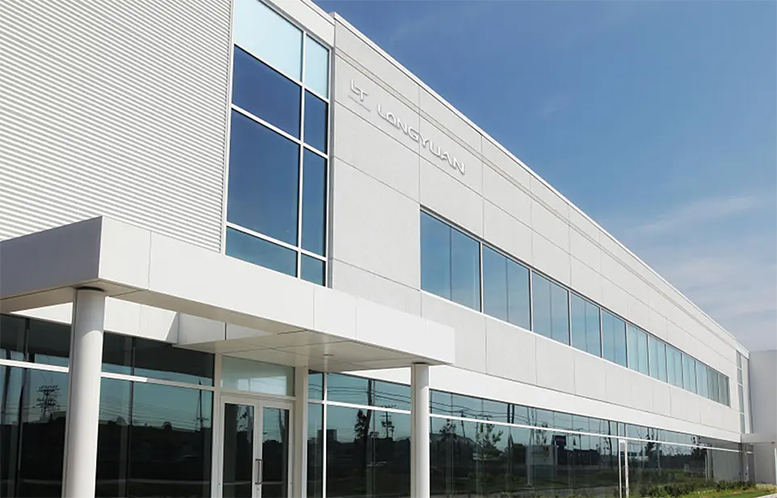
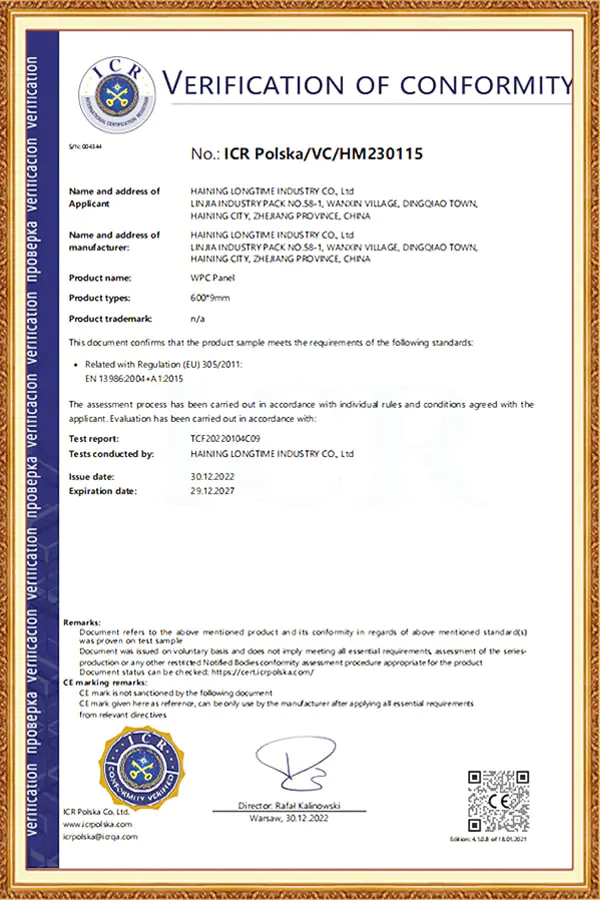
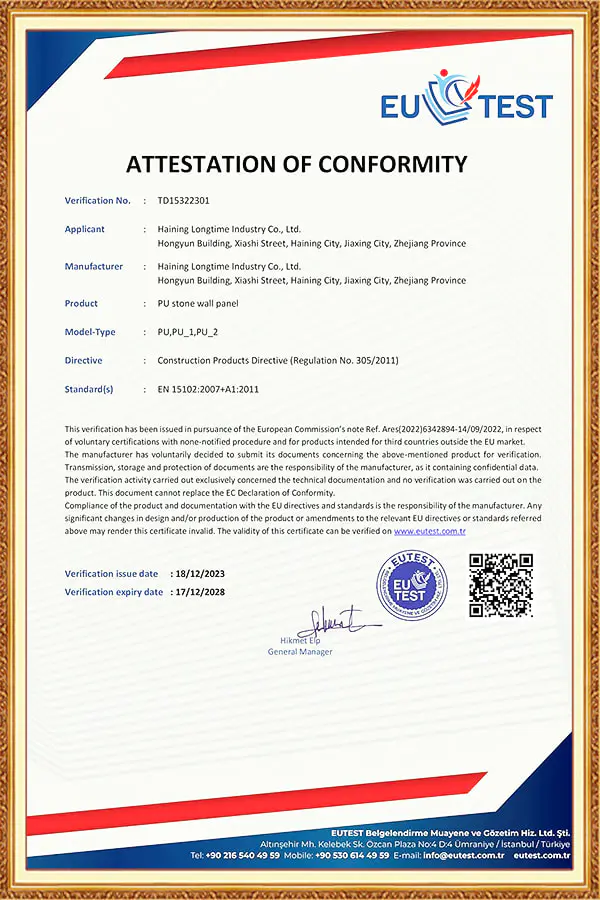
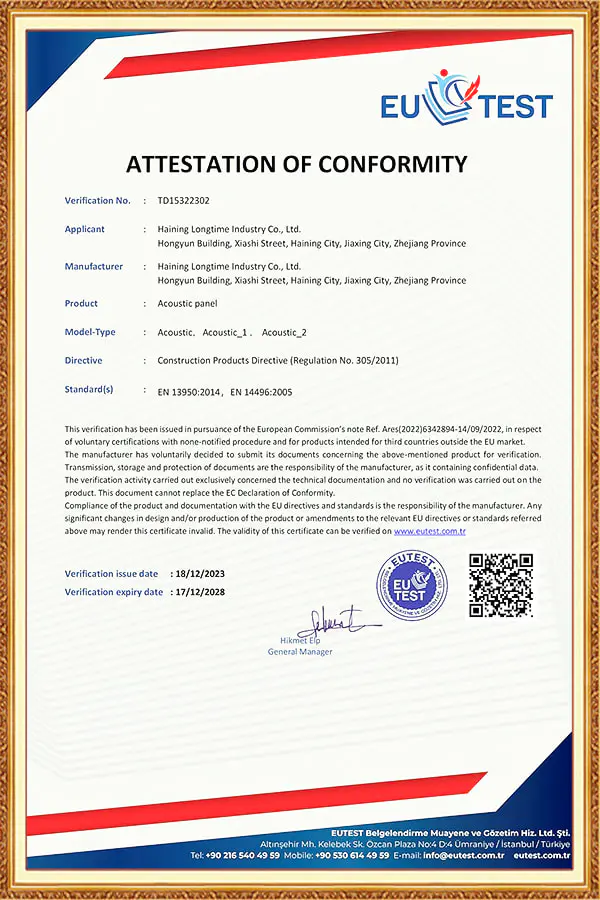
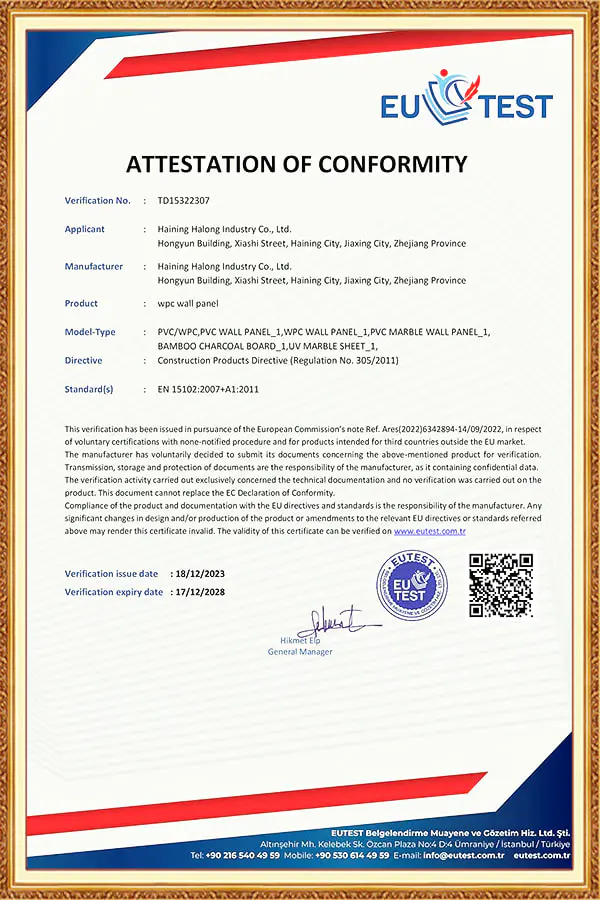
PVC ceiling panel has become a popular choice in modern construction due to its durability, low maintenance, and aesthetic versatility. However, improper installation can lead to warping, gaps, or premature damage. Understanding the correct installation techniques, preparation, and environmental con...
View MoreSPC wall panel has become a popular choice for modern interiors due to its durability, water resistance, and low maintenance. However, cutting and shaping SPC wall panels requires precision and understanding of the material to prevent damage. Improper handling can lead to chipped edges, uneven surfa...
View MoreBamboo wood fiber wall panel has gained widespread attention in modern interior and exterior design due to its eco-friendly properties, durability, and aesthetic appeal. Proper installation not only ensures a long lifespan but also maintains the panel’s structural integrity and visual appeal. Unders...
View MoreLuminous grille wall panels have emerged as a transformative element in contemporary interior and exterior architecture. Combining functional lighting with aesthetic design, these panels enhance spatial ambiance while serving practical purposes such as ventilation and partitioning.
Luminous grille wall panels integrate lighting components within grille structures used as wall coverings. Unlike traditional solid wall panels, grille panels feature a perforated or lattice design, allowing light transmission and airflow, making them suitable for spaces demanding both illumination and ventilation. The term "luminous" indicates the incorporation of LED or other lighting sources either embedded within or positioned behind the grille, enabling a glowing effect that enhances the visual depth and modern appeal of the surface. These panels can be constructed from various base materials, including PVC, metal, wood composites, or WPC, each influencing the panel’s durability, weight, and aesthetic characteristics.
PVC (Polyvinyl Chloride) is a preferred material in the manufacture of luminous grille wall panels due to its versatility, cost-effectiveness, moisture resistance, and ease of customization. Haining Longtime Industry Co., Ltd. utilizes high-grade PVC materials, ensuring stability and longevity for their panels, alongside other products such as PVC ceiling panels and WPC wall panels. Other materials include aluminum or steel for industrial applications requiring greater structural strength and fire resistance. Wood-based composites (WPC) provide natural textures and warmth but require specific treatments for durability and fire safety.
The luminous effect is typically achieved by embedding LED strips or panels behind or within the grille. The lighting system is designed to be energy-efficient, often utilizing low-voltage LED technology with adjustable brightness and color temperature options. The diffusion of light through the grille pattern creates an ambient glow that can be tailored to enhance architectural features.
Manufacturing luminous grille wall panels involves precision cutting of grille patterns using CNC machinery or laser cutting to achieve clean, consistent perforations. For PVC panels, thermoforming and extrusion processes are commonly applied to shape and texture the material. Following the base fabrication, LED installation is executed with attention to wiring concealment and thermal management to ensure longevity. The company emphasizes strict quality control throughout the entire production process, employing rigorous testing procedures to verify material composition, panel flatness, color uniformity, and lighting performance.
One of the key advantages of luminous grille wall panels is their adaptability. Panels can be customized in size, pattern, lighting arrangement, and finish to align with specific architectural requirements.
Grille designs range from simple linear slats to complex geometric lattices, enabling a wide variety of visual effects. The openness ratio of the grille can be adjusted to balance light diffusion and privacy or airflow needs.
Lighting customization includes options for static or dynamic lighting, RGB color control, dimmability, and integration with building automation systems. These features allow designers to create interactive and mood-enhancing environments.
PVC panels can be coated or laminated with decorative films to simulate metal or wood textures, expanding aesthetic possibilities without sacrificing performance. Haining Longtime Industry Co., Ltd.’s capacity for tailored manufacturing supports diverse client demands, delivering solutions compatible with complex architectural projects.
Luminous grille wall panels are widely applied in both commercial and residential settings, providing functional and decorative benefits.
In offices, hotels, retail stores, and restaurants, these panels serve as feature walls, ceiling accents, or partitions that improve ambiance while maintaining airflow and acoustics. The luminous aspect enhances branding and customer experience by adding dynamic lighting effects.
In contemporary homes, luminous grille wall panels can define living spaces, create ambient lighting in corridors, or accentuate entertainment areas. Their lightweight and moisture-resistant properties make PVC-based panels suitable for kitchens and bathrooms.
Healthcare, educational, and public infrastructure settings benefit from luminous grille panels due to their hygienic properties (in PVC variants), ease of cleaning, and capacity for integrated lighting that enhances visibility and safety.
Ensuring the reliability and safety of luminous grille wall panels is critical. Quality control measures focus on the durability of the base materials, electrical safety of embedded lighting, fire retardancy, and environmental resistance. Haining Longtime Industry Co., Ltd. follows rigorous testing protocols aligned with international standards, including assessments for VOC emissions, flame retardancy, and mechanical strength. The company’s reputation as a leading PVC panel manufacturer is underpinned by its commitment to consistent quality and innovation.
The industry is witnessing advancements in smart lighting integration, sustainable materials, and modular panel systems. Emerging trends include:
IoT-enabled panels: Incorporation of sensors and connectivity for adaptive lighting control.
Eco-friendly materials: Development of recyclable or bio-based PVC alternatives.
Enhanced acoustic properties: Combining illumination with sound absorption for improved indoor environments.
Energy efficiency: Further reduction in power consumption through advanced LED technology.